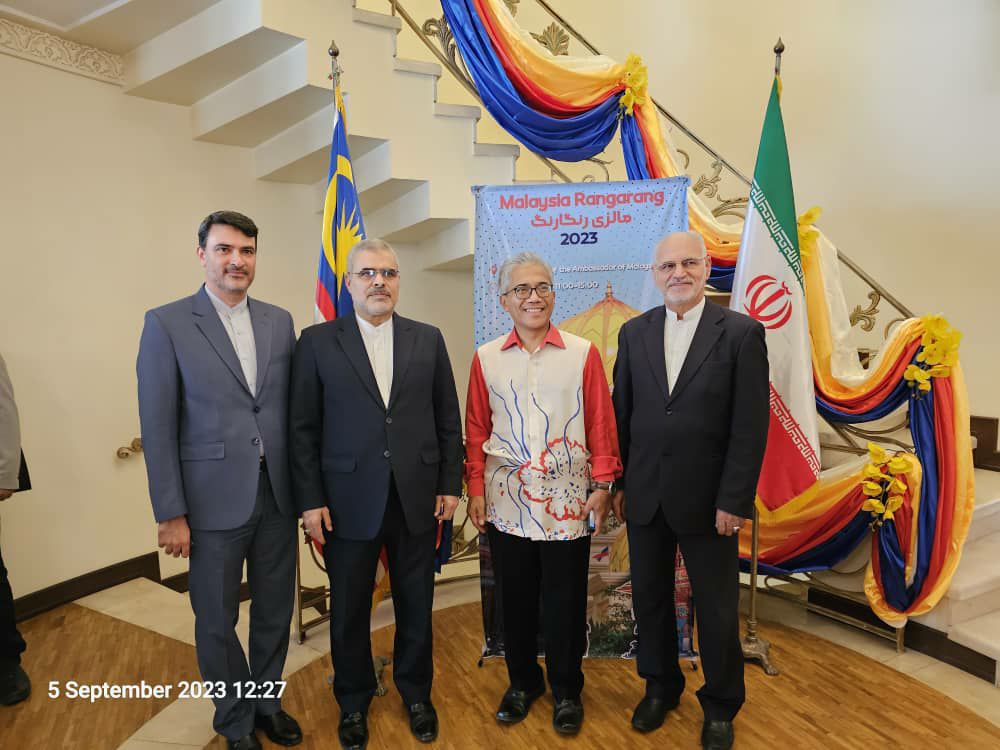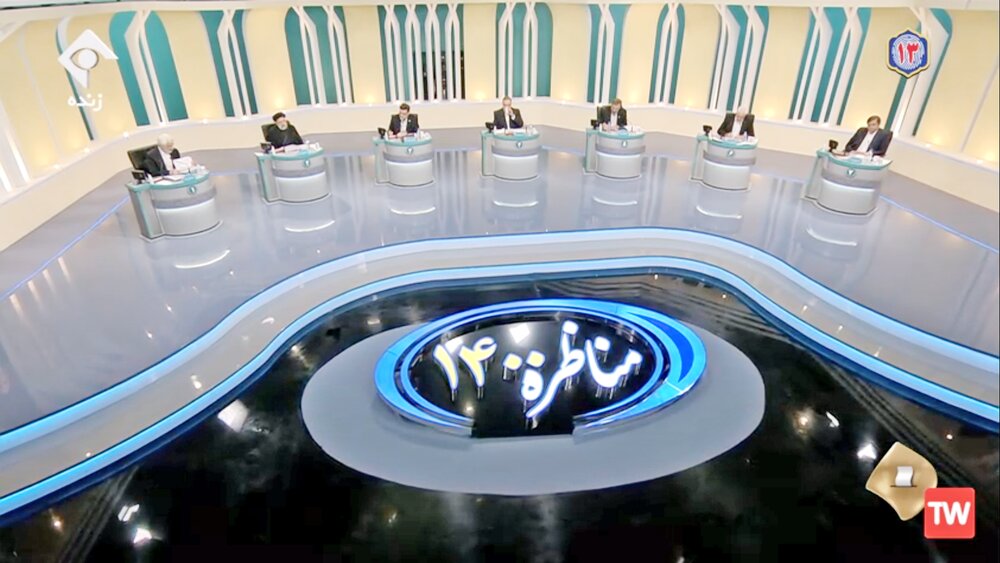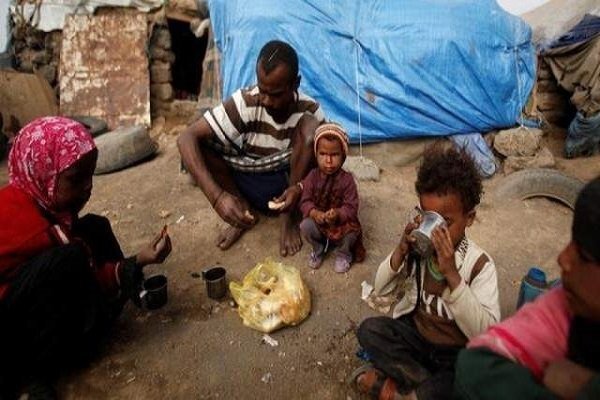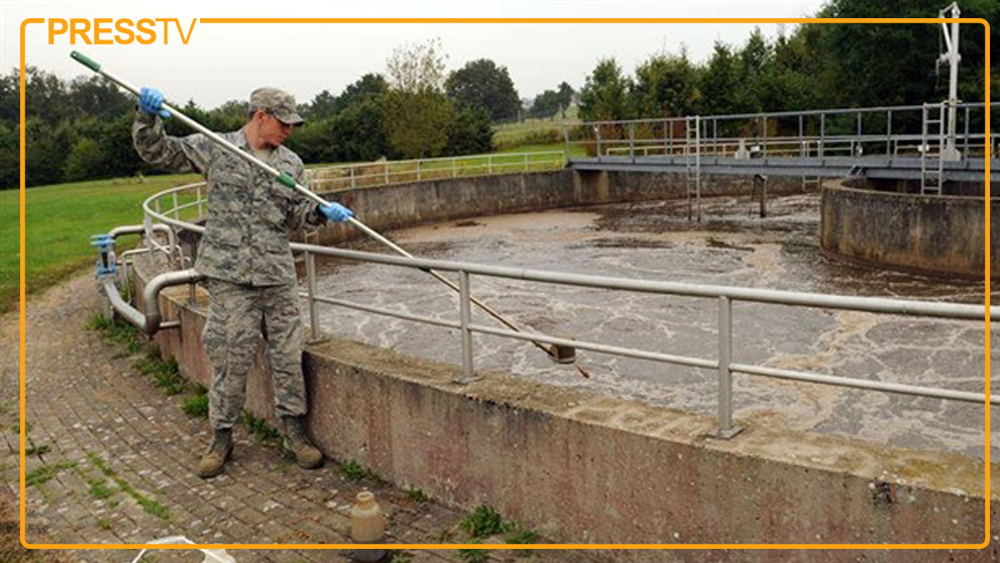Petrochemical Output Capacity in Iran to Reach 105m Tons by March 2026
TEHRAN (Iran News) Speaking during a meeting with CEOs and representatives from major petrochemical holding companies and the Secretary of the Petrochemical Employers’ Trade Association, Abbaszadeh expressed condolences over the recent accident at Shahid Rajaee Port and paid tribute to Iranian workers on the occasion of International Workers’ Day.
He emphasized the critical importance of safety and adherence to HSE (Health, Safety, and Environment) protocols, particularly at terminals and storage facilities. He noted that the national comprehensive safety plan for petrochemical terminals and storage units is being implemented, with a focus on minimizing the time products spend at docks—especially in key regions like Asaluyeh and Mahshahr.
Following a recent inspection of petrochemical terminals in Asaluyeh, Abbaszadeh said that preparations are underway to create additional infrastructure supporting Shahid Rajaee Port, including allocated land and emergency discharge plans.
Abbaszadeh, who also serves as Deputy Oil Minister, called on petrochemical holdings and companies to actively support terminal operations and collaborate to ensure sustained development. He praised the synergy between public and private stakeholders, noting that this cooperation has led to major achievements across various sectors of the industry.
According to Abbaszadeh, Iran’s petrochemical output capacity stood at approximately 97 million tons in 2024, with actual production reaching 75.2 million tons. Of this, 29.2 million tons were exported, generating $13 billion, while domestic sales totaled 13.1 million tons, valued at around $11 billion.
This year, new projects totaling 8.5 million tons in capacity are scheduled to come online, raising the nominal production capacity to 105 million tons and expected actual output to 83.5 million tons. For the year 1404, exports are projected to reach 34.8 million tons worth $13.6 billion, while domestic sales are estimated at 16.1 million tons worth over $10 billion.
Abbaszadeh highlighted that several new petrochemical projects this year are based on non-gas feedstocks, with only one relying on natural gas. Notably, three new products will be produced in Iran for the first time, and the projects will extensively utilize domestically manufactured components.
An additional 10 million cubic meters of feedstock from flare gas recovery will be supplied to the industry in 2025. Long-term sales contracts between petrochemical companies and customers are also in the finalization stages, based on a directive from the First Vice President. However, these contracts will not cover all petrochemical products.
The NPC is also exploring new feedstock sources, including flare gas from within the industry and nearby oil fields, in cooperation with major holding companies. This year, the sector will require 51 million cubic meters of natural gas for feedstock and 63 million cubic meters for fuel.
Abbaszadeh stressed the importance of energy efficiency and social responsibility in the petrochemical industry. He called on holding companies to honor their commitments in social programs and highlighted the crucial role of strategic advisory councils in ensuring accountability.
He also urged all petrochemical companies and holdings to actively participate in the upcoming Petrochemical Industry Excellence Award by nominating representatives and assisting with its implementation.
- source : IRAN NEWS ECONOMIC DESK






























